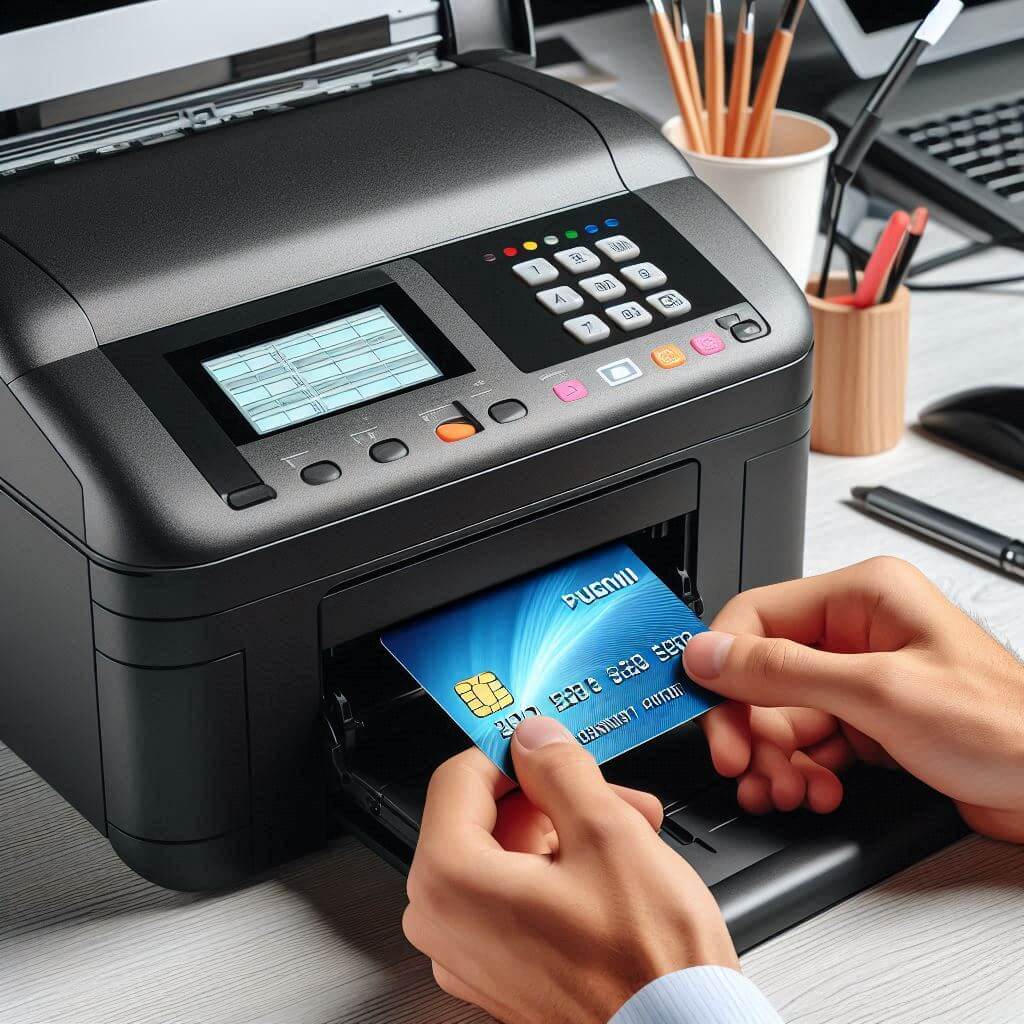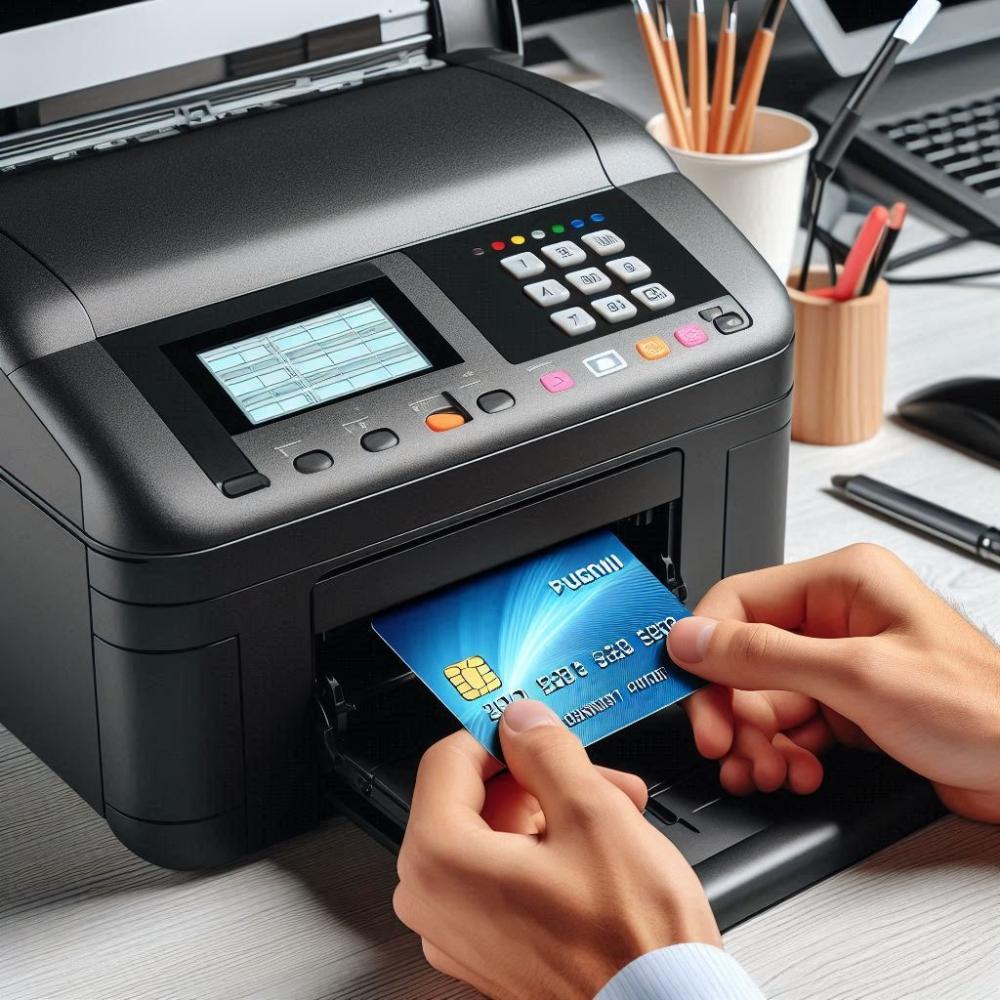
Are you looking for plastic card printers? Whether you run a small business or need to print ID cards or membership cards, these printers are the perfect solution. In this guide, we’ll cover everything you need to know about plastic card printers, including their types, uses, and how to choose the best one for your needs. Let’s dive in and make it easy to understand!
What Are Plastic Card Printers?
Plastic card printers are specialized devices designed to print text and images directly onto plastic cards. These printers are widely used for creating ID cards, membership cards, loyalty cards, and access cards.
How Do Plastic Card Printers Work?
These printers use thermal or dye-sublimation printing techniques. The process transfers ink from a ribbon onto the plastic card using heat. Advanced models offer extra features like double-sided printing and magnetic strip encoding.
Key Benefits of Plastic Card Printers:
- High-Quality Printing: Crisp text and vibrant images.
- Time-Saving: Fast printing speeds for business needs.
- Versatility: Suitable for various industries like education, retail, and security.
Best Types of Plastic Card Printers
When shopping for a plastic card printer, you’ll find different types based on your requirements. Here are the main options:
1. Direct-to-Card Printers:
These are popular for their affordability and ease of use. They print directly on the card’s surface.
2. Retransfer Printers:
These printers use retransfer technology to deliver high-quality images, ideal for cards with embedded chips or complex designs.
3. Multifunctional Printers:
Some printers come with additional features like magnetic strip encoding, dual-sided printing, or holographic overlays for added security.
How to Choose the Right Type?
- For simple designs, a direct-to-card printer is sufficient.
- For high-security or premium-quality prints, retransfer printers are the better choice.
Applications of Plastic Card Printers
Plastic card printers are incredibly versatile and can be used in numerous industries, including:
1. Education:
Creating ID cards for students and staff.
2. Corporate Environments:
Producing secure access cards for employees.
3. Retail:
Printing loyalty and rewards cards to enhance customer retention.
4. Events and Conferences:
Making event passes and badges for guests and organizers.
How to Choose the Best Plastic Card Printer
Finding the perfect printer requires careful consideration. Follow these tips to make the right choice:
1. Define Your Budget:
Determine how much you’re willing to spend. Printer prices range from affordable to premium.
2. Understand Your Printing Needs:
Choose a printer that matches your printing volume. For large-scale printing, look for models with faster speeds.
3. Look for Additional Features:
Features like dual-sided printing, lamination, or magnetic strip encoding can be game-changers for specific needs.
4. Read Reviews and Ratings:
Check user feedback online to understand real-world performance and reliability.
Section 5: Tips for Maintaining Your Plastic Card Printer
To ensure your plastic card printer lasts longer, follow these maintenance tips:
1. Clean Your Printer Regularly:
Use cleaning kits designed for your printer model to prevent dust buildup.
2. Store Ribbons Properly:
Keep ribbons in a cool, dry place to avoid damage or smudging.
3. Use the Printer Frequently:
Regular use prevents components from drying out or clogging.
4. Update Printer Software:
Ensure the printer’s firmware and drivers are up-to-date for optimal performance.
FAQs
1. Can a plastic card printer print on metal cards?
No, plastic card printers are specifically designed to print on PVC or plastic materials.
2. What’s the average cost of a plastic card printer?
Basic models start around $500, while high-end models with advanced features can exceed $2,000.
3. How do I replace the ribbon in my printer?
Most printers come with a user manual that provides step-by-step instructions for replacing the ribbon easily.
4. Can I use the same printer for magnetic stripe encoding?
Yes, many printers have built-in options for magnetic stripe encoding. Be sure to check the specifications before purchase.

